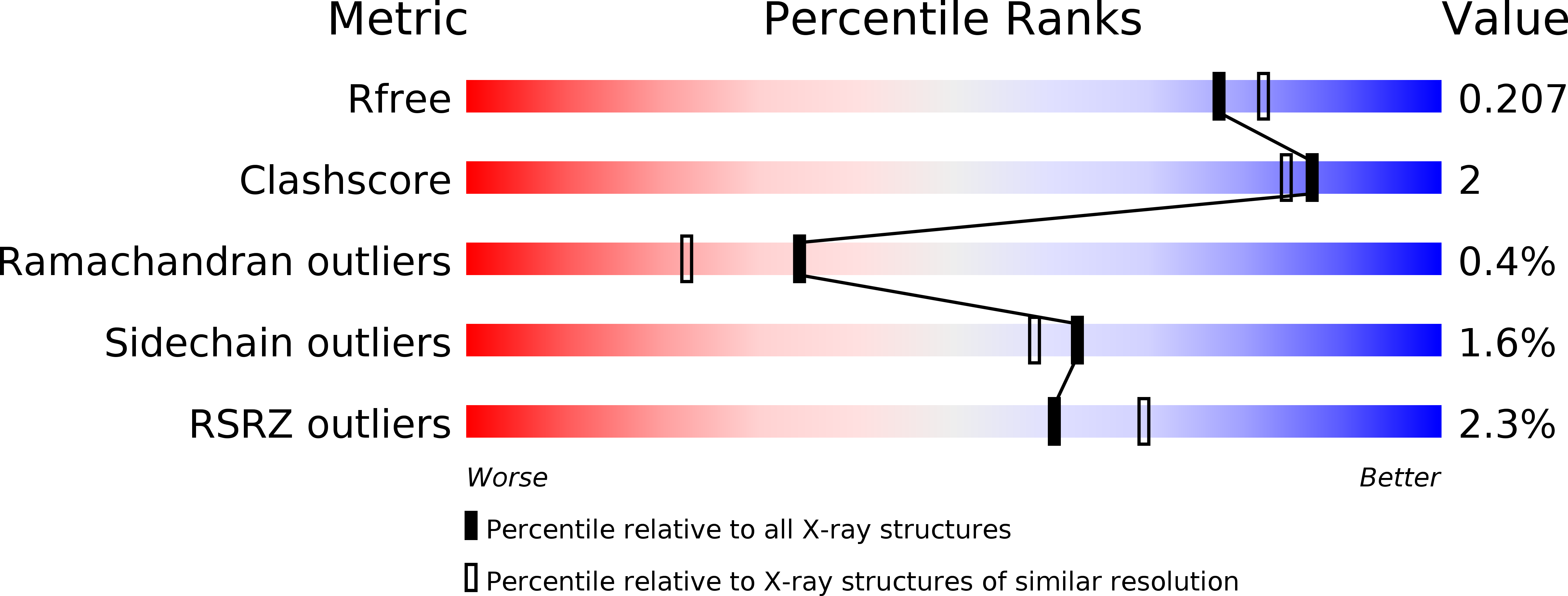
Deposition Date
2015-06-03
Release Date
2015-07-29
Last Version Date
2023-09-27
Entry Detail
PDB ID:
5BU6
Keywords:
Title:
Structure of BpsB deaceylase domain from Bordetella bronchiseptica
Biological Source:
Source Organism:
Bordetella bronchiseptica RB50 (Taxon ID: 257310)
Host Organism:
Method Details:
Experimental Method:
Resolution:
1.95 Å
R-Value Free:
0.20
R-Value Work:
0.16
R-Value Observed:
0.17
Space Group:
P 1 21 1


